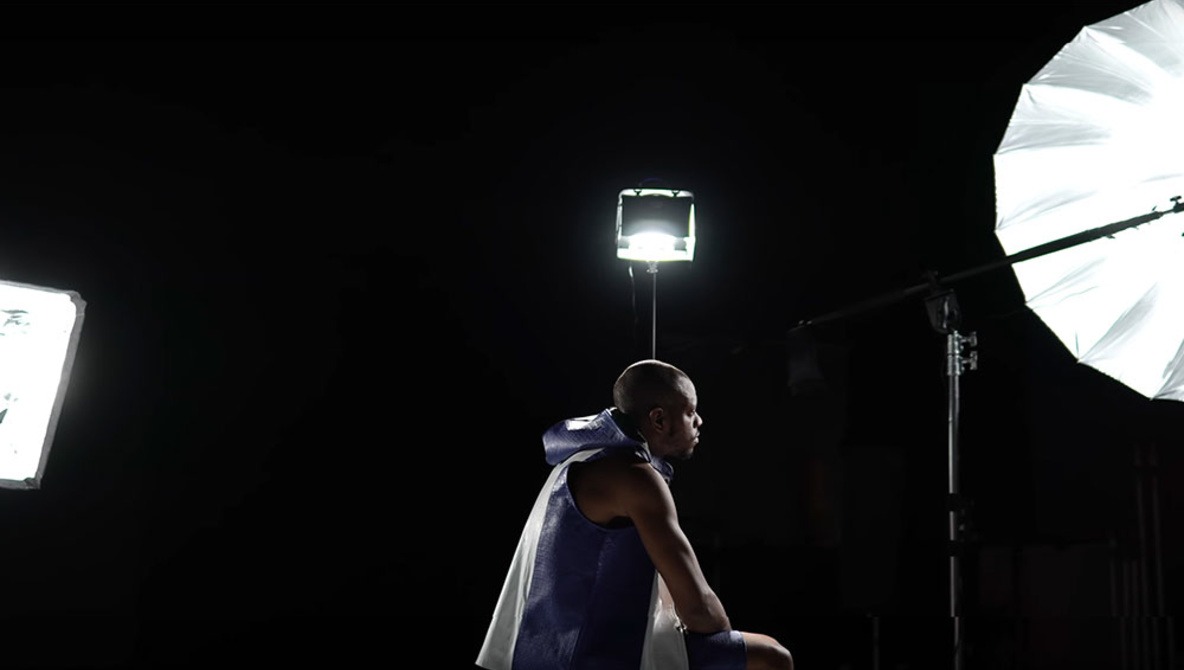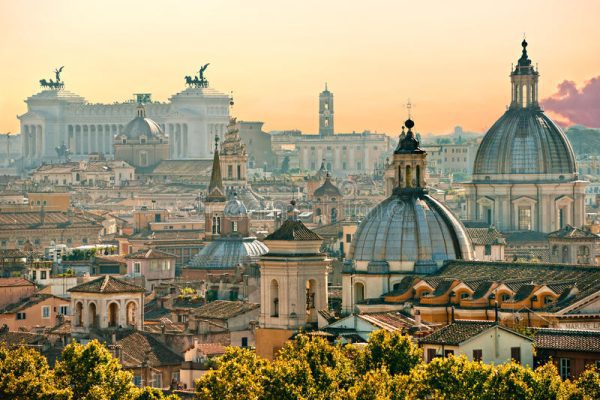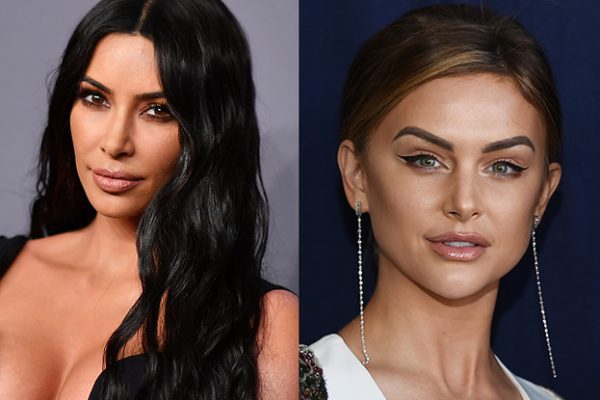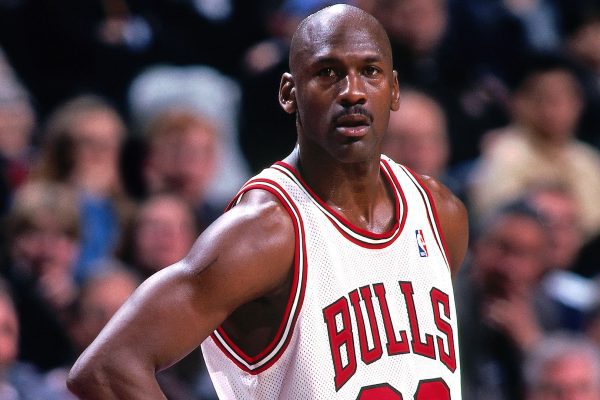Lighting is an often-overlooked element of filmmaking. The camera or lens may not always be responsible for the impression and mood of a shot, but rather how the subject appears in front of it. Lighting is one of the fundamental aspects of filming, and there are several sorts available to help create the desired visual impact.
DRAMATIC LIGHTING
Chiaroscuro lighting is a style of lighting that uses contrasts of light and dark to build tension and drama in a shot. This may be easily accomplished by using a sidelight. The illumination comes from the side at an angle parallel to the subject. It’s low-key, with a lot of contrast.
Another option is to take advantage of natural light. This is lighting that looks like a practical light within the context of the picture, such as a family lamp.
Practical lamps may provide a vast amount of light in a scene, but they usually require the use of an additional source to be effective. You might try layering diffusion gel around the bulb if you don’t have access to a dimmer.
HARD OR SOFT LIGHT?
Hard light will generate sharp, harsh shadows if you use it. A tiny strong source, such as a piece of equipment with a lot of LEDs, is the most typical way to provide hard light. Hard light is typically considered unpleasant, yet it may be quite useful in certain situations.
Soft illumination is produced by a bigger light source, and it is generally considered more attractive. A soft light will cause soft shadows. However, if you make sure it’s subtle enough, you may create a scene with no shadows at all. Raising the main light and using many fill lights are two methods for doing this.
This will keep the light in your picture consistent and even between items, resulting in almost no shadow.
KEY LIGHT
The main light in a photograph is the key light. This light should brighten up the subjects and environment. The direct sunlight outside would be a good representative of natural outdoor illumination. Depending on the location and scenario, you may need to use multiple key lights in a shot.
Key lighting is generally positioned above the subject’s or subjects’ eyes. This makes details easier to see. Your cinematography demands will determine the focus of this light.
The lighting used on your subject can have an emotional impact. The source of the light and how it affects the shadows on the subject determine its hardness or softness. The effect of having your subject lit from below rather than from above is to generate more threatening or atmospheric looks.
The effect of key lighting may be highly specific. The harsh light produced by high key lighting will cover the scenery in contrast, making it appear quite dark. Low key illumination produces shadows on people’s faces, generally from a single source of light.
FILL LIGHTING
If you only used key lighting to film your scene, you’d be left with a lot of dark background areas. Fill light fills in these gaps by using less or dimmer light. You may make a scene feel more genuine by utilizing fill lighting. It removes some of the harshness’s that comes with key light, giving the impression of a natural setting.
You don’t have to use lighting to achieve fill lighting. You can even use a white card or a reflector in some cases. The fill light ratio is the proportion of key light to filler light.
BACKLIGHTING
Backlighting draws the subjects out of the background and helps to distinguish them from it. It’s critical to get the back-lighting position correct since it must appear natural in the context.
Because the subject is illuminated from the back, it may be separated from a dark background and have greater form and depth. This helps to avoid subjects appearing two-dimensional.
Even though bright sunshine may be used as a backlight, even if it is too harsh as a key light because it will make your subject stand out while also requiring a powerful key light to expose properly.
Lighting is an essential tool for giving your photographs an individual and memorable look. These suggestions should assist you in further developing your lighting technique.
If you’re looking to hire lighting for your film project, we recommend going to visit ProMotion Hire. Pro Motion has over 20 years’ experience working in camera and lighting hire across all the creative industries.





